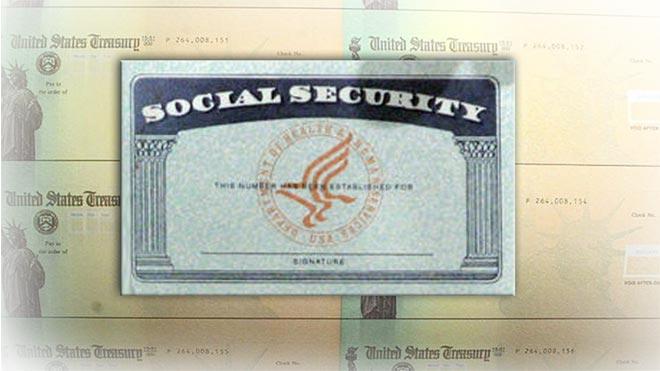Social Security COLA for 2020: What to know now
Social Security checks could rise by a decent amount next year, but Social Security recipients may still find that benefits fall short of expenses.
According to a report released this week by the Senior Citizen’s League, the cost-of-living adjustment heading into next year could be 1.7 percent – that’s an estimate using data through April. The estimate is subject to change throughout the rest of the year.
Earlier this year, is was predicted there could be a 0 percent increase in benefits. But the larger number might not be good news for seniors, the group cautions.
Cost-of-living adjustments, which began in 1975, are implemented in order to counteract the effects of inflation. But consumer costs appear to be rising at a much faster rate than the purchasing power of Social Security benefits.
According to research from The Senior Citizens League, between January 2000 and January 2019, COLAs increased Social Security benefits by about 50 percent. However, costs associated with the types of goods and services typically purchased by beneficiaries rose by more than 100 percent over the same time frame. Over the past year, some of the fastest rising costs have included prescription drugs, fresh fruits and vegetables.
The cost of living adjustment in 2019 was 2.8 percent, the biggest check increase in seven years. It boosted the average beneficiaries’ check by $39 per month – or $468 per year.
However, 78 percent of respondents in The Senior Citizens League’s survey said that monthly expenses rose by more than $39.
Overall, the group says Social Security benefits have lost 33 percent of their buying power since 2000.
The news could get even worse for seniors amid a growing trade war between the U.S. and China. Both countries recently expanded tariffs on each other’s imports, which many domestic retailers – including most recently Walmart – have said could result in higher prices for U.S. consumers.
The COLA for 2018 was 2 percent, but it was largely perceived to be offset by increases in Medicare costs.
There was a 0.3 percent increase in 2017, and no adjustment the year prior.
Even during years with minimal, or no, COLA increase, retiree costs continued to climb, the report noted.
CLICK HERE TO GET THE FOX BUSINESS APP
The biggest increases went into effect in the years 1981 and 1982, at 14.3 percent and 11.2 percent, respectively.
The new monthly rates will go into effect in January.




















